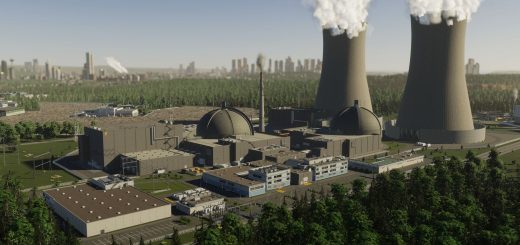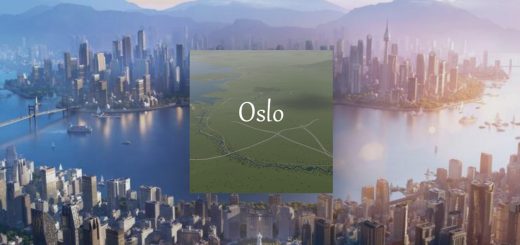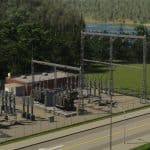
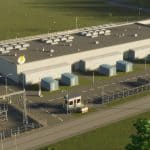
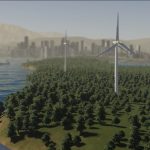
Cities Skylines 2: Transformers, Emergency Battery Station, Wind Turbine
Within the scope of Cities: Skylines II, electricity has been bifurcated into two categories: high voltage and low voltage. Low voltage electricity, the kind consumed by city structures, is routed through electrical cables. These can be positioned either underground or above ground, with a significant chunk of road infrastructure already having integrated low-voltage wiring to directly connect roadside buildings. Yet, these cables have limited transmission capabilities, especially when it comes to the vast quantities generated by larger power plants. Here, high voltage takes the stage.
High voltage power, typically harnessed directly from power plants, relies on power lines for transmission. With their superior capacity, they’re capable of handling and transferring large electrical loads. Additionally, these lines facilitate the import and export of electricity with neighboring cities via Outside Connection. You can install these power lines either overhead or beneath the ground. To bridge high voltage with the city’s low voltage needs, Transformer Stations come into play. They convert high voltage energy into a form palatable for city structures and vice versa. These stations can interface with several power lines and cables, but they’re not infinite; there’s a ceiling to how much electricity they can convert.

EMERGENCY BATTERY STATION
Think of the Emergency Battery Station as the city’s backup generator. When there’s an energy surplus, it stores the excess. And during deficits, it releases stored power to stave off blackouts. This becomes especially handy alongside Solar Power Plants, ensuring the city remains illuminated even when the sun isn’t shining.

WIND TURBINE
Cost-efficient yet modest in power yield, the Wind Turbine is an entry-level renewable energy source. Drawing from wind patterns, it supplies low voltage electricity. The exact power generation depends heavily on its placement, with an on-screen prompt estimating potential output during the placement process. Whether you choose to position it by the road, on terra firma, or atop water, those placed away from roads require a direct electric cable connection to the grid. Their utility shines in smaller, wind-rich urban settings.



